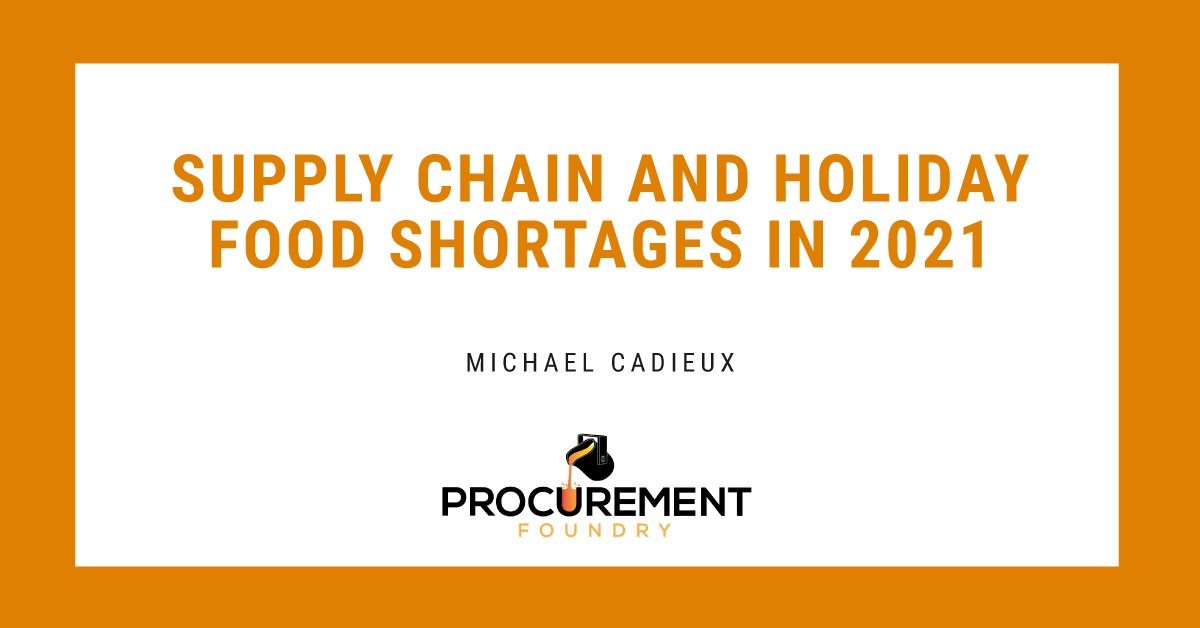Maximizing Savings Opportunities and Procurement's Strategic Value for CPOs
Saving money is not always about pinching pennies: advanced and data-driven insights enable you to identify real cost-saving opportunities, negotiate...

When we think of the holiday season, usually the first things that come to mind are those associated with abundance: gatherings filled with family and friends, delicious feasts featuring traditional dishes, stockings filled to the brim, and a tower of shiny gifts under the tree. But this past holiday season there were supply chain and holiday food shortages.
Let’s look at some of the impacted areas—and why—and what we can expect as we continue moving forward into 2022.
Even after an initial bumpy road of supply issues plagued the fall of 2020 due to the first onslaught of the pandemic, things seemed to be looking up and stabilizing over the summer. But the holiday season of 2021 be has been hit with similar, dreaded supply issues. So, what exactly did we miss seeing the most on our shelves this holiday season?
Among the most common food shortages we saw included:
One, perhaps surprising, addition to the list was Lunchables. That revered and nostalgic, easily packable meal practically flew off the shelves once schools and offices began reopening.
While we have already listed above some of the reasons for food shortages, two main blanket issues have caused most of the distress: labor shortages and supply-chain issues. Demand has skyrocketed (with the pandemic trend of panic buying not helping), while the suppliers have struggled to keep up.
Restaurants and grocery stores alike have been impacted by supply chain and holiday food shortages.
While shortages don’t seem to be as dire as they were at the beginning of the pandemic, experts agree that they don’t seem to be going away anytime soon. Specifically, food suppliers are hunkering down (and working on planning as much as possible) for even more supply hiccups and scarcity to follow us into 2022.
A few of the trends we are starting to see with suppliers, in particular, are the holding of extra inventory. A standard rule of thumb could be having one or two months of supply, whereas now they are cautiously keeping closer to up to four months of items on hand. And even more unsettling news is that this hoarding mentality we’re seeing in both buyers and suppliers is only expected to send prices soaring higher in 2022.
The good news is that vaccines are readily available, and hopefully, in 2022, we can keep inching closer to showing this pandemic—and supply woes and rising prices—the exit.

Saving money is not always about pinching pennies: advanced and data-driven insights enable you to identify real cost-saving opportunities, negotiate...

The topic of our recent roundtable discussion with a dozen Procurement Foundry community members—exploring potential flaws in procurement incentive...

Every 30 days or so, I get the same alert on my phone—“Your electricity bill is available for viewing.” I take a quick look, make sure nothing seems...